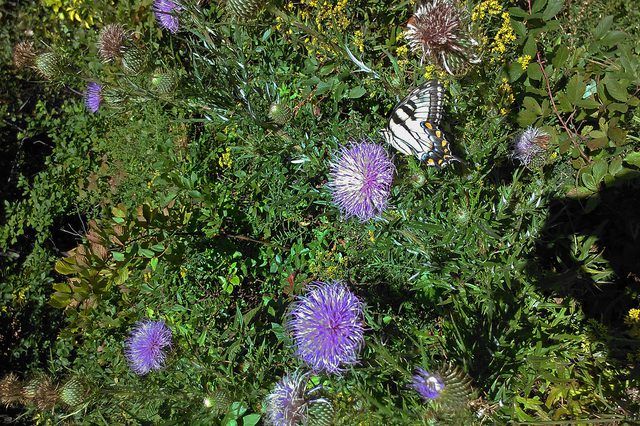Bulbs
Flower Basics
Flower Beds & Specialty Gardens
Flower Garden
Garden Furniture
Garden Gnomes
Garden Seeds
Garden Sheds
Garden Statues
Garden Tools & Supplies
Gardening Basics
Green & Organic
Groundcovers & Vines
Growing Annuals
Growing Basil
Growing Beans
Growing Berries
Growing Blueberries
Growing Cactus
Growing Corn
Growing Cotton
Growing Edibles
Growing Flowers
Growing Garlic
Growing Grapes
Growing Grass
Growing Herbs
Growing Jasmine
Growing Mint
Growing Mushrooms
Orchids
Growing Peanuts
Growing Perennials
Growing Plants
Growing Rosemary
Growing Roses
Growing Strawberries
Growing Sunflowers
Growing Thyme
Growing Tomatoes
Growing Tulips
Growing Vegetables
Herb Basics
Herb Garden
Indoor Growing
Landscaping Basics
Landscaping Patios
Landscaping Plants
Landscaping Shrubs
Landscaping Trees
Landscaping Walks & Pathways
Lawn Basics
Lawn Maintenance
Lawn Mowers
Lawn Ornaments
Lawn Planting
Lawn Tools
Outdoor Growing
Overall Landscape Planning
Pests, Weeds & Problems
Plant Basics
Rock Garden
Rose Garden
Shrubs
Soil
Specialty Gardens
Trees
Vegetable Garden
Yard Maintenance
How to Get Rid of Thistle Permanently
How to Get Rid of Thistle Permanently. It's tough, it's spiny, it's hairy, and it's taking over your yard. Thistle—whether it's of the musk, tall or Canada variety—is a very difficult weed to eliminate from your lawn or garden once it has taken hold; a single musk thistle can generate 120,000 seeds from one flower, and can grow to six...
It's tough, it's spiny, it's hairy, and it's taking over your yard. Thistle—whether it's of the musk, tall or Canada variety—is a very difficult weed to eliminate from your lawn or garden once it has taken hold; a single musk thistle can generate 120,000 seeds from one flower, and can grow to six feet tall. Eliminating thistle for good my take several years, because thistles are either biennial or—even worse—perennial. If you have thistle one year, you will have even more the next, unless you take action.
Biennials, such as musk thistle and tall thistle, germinate in summer and fall, spend the winter as rosettes, then produce many flower heads the next spring. The fluffy purplish flowers of thistles are the only visually pleasing part of the plant, but don't be fooled; they carry the seeds that guarantee another year of thistle invasion. Canada thistle, a perennial, reproduces in the same way, but it has the added advantage of spreading by way of its roots; this makes control even more challenging.
If you want to banish thistle, you have to go to war against it. Fortunately, you do have some weapons at your disposal.
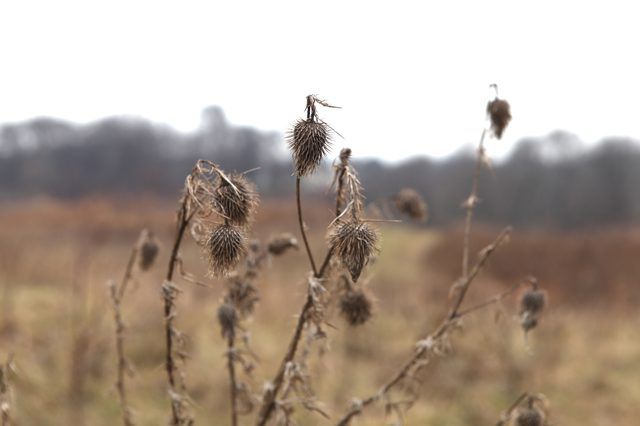
Things You'll Need
Lawn mower
Herbicides containing glyphosate or 2,4-D
Sponge (optional)
Eye-dropper (optional)
Scalding water (optional)
Vinegar (optional)
Mulch
Step 1
Pull up as many of the existing thistle plants as you can, both mature plants and seedlings, making sure to get the whole root network. This is especially important with Canada thistle. Since mature plants have root systems that can extend for 10 feet, you will have better luck pulling up immature plants. Remember: If even a tiny piece of the root survives, the whole miserable cycle can start again.
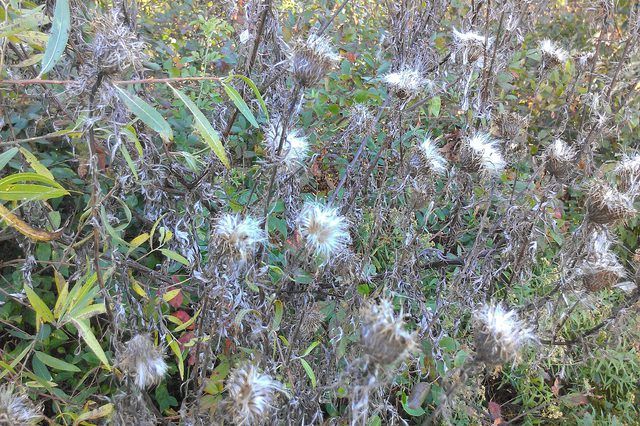
Step 2
Mow your lawn short to reduce thistle seed reserve, and keep it that way. It's very important to catch thistle at its early bud growth stage, before it can spread new seeds. Don't let thistle get to the stage in which the stems elongate and begin to produce flowers. Thistles in your garden can be sliced off with a hoe; cut them as close to the ground as possible.
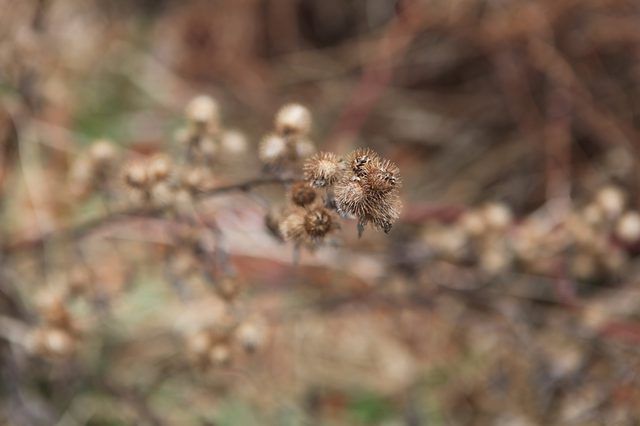
Step 3
Apply herbicides to kill thistle, especially in spring and fall, before thistles can flower and seed. Use glyphosate for your garden, and use a broad-leaf herbicide containing 2,4-D or MCPP for your lawn. Since glyphosate kills all plants, you must keep application specific. Use a sponge to apply, or cut thistle plants and then use an eye-dropper to put a drop or two into the stem. There are not many natural herbicides for thistles. Some people have reported success with pouring scalding water on thistles or spraying them with straight vinegar.
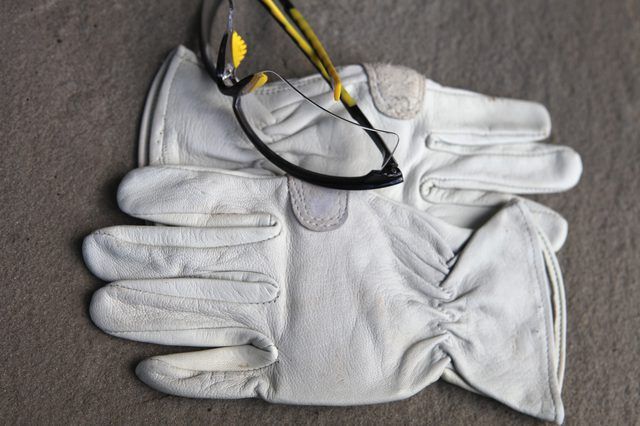
Step 4
Put down mulch liberally. It conserves moisture, enriches the soil and prevents germination of new thistle.
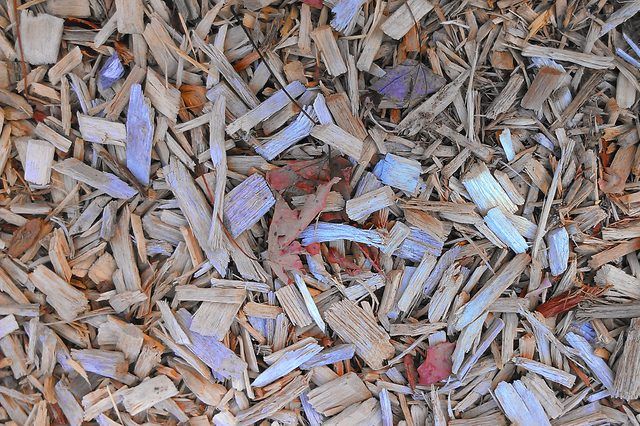
Step 5
Prevent new thistle invasion by keeping lawns thick; re-seed disturbed areas. Keep gardens healthy and pest-free, and pull any new thistle plants as soon as they appear.
